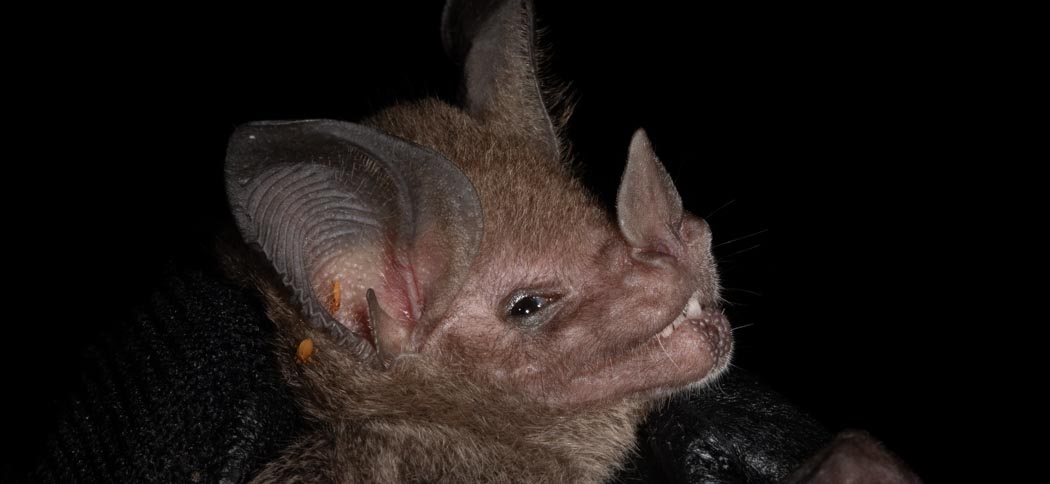
Strange Tails
We're delighted to have a strong population of strange-tailed tyrants at the reserve. So much so that we've adopted these beautiful and endangered birds as the symbol of the Trust
The growing diversity of the animals of Reserva Don Luis is a fresh source of delight every time we return. We don't play favourites, but it's impossible not to engage more with some of our more conspicuous guests. One of these is the strange-tailed tyrant. The male is stoic in his tolerance of one of nature's strangest - and it would seem least practical - adaptations. He's willing to suffer to be beautiful, and somehow manages to fly with tail feathers that were surely designed for a bird three times his size.
We love his perseverance; his resolution to succeed against challenge, and his ability to prove that anything is possible. He's appearing in growing numbers on the Reserva Do Luis, and his success has become an allegory for, and a symbol of, our own.
When we started the process of updating and redesigning our website, we wanted to adopt an image that symbolised our aims and our challenges. This brave little flycatcher, with his indomitable character, was the perfect choice.
The logo is a stylised profile of a male tyrant, silhouetted against the sunrise. We coloured the sun the blue of the Argentinian flag in honour of this country's beauty, its climate and the breathtaking span of magnificent animals that it nurtures.

Bat Research
Our bat team is conducting bat research both in the Ibera Marshes and in other provinces. We are especially concentrating on Misiones at the moment where we find the largest bat in Argentina, Chrotopterus auriitus and Myotis ruber, two species that we are researching.

Tonatia bidens
Greater Round-eared Bat
We were very fortunate to come across this very rare bat in one of our nets at Mocona, Misiones in October 2023. Tonatia bidens has only been found in Misiones and Jujuy in Argentina. The species has only been recorded once in this century before our discovery.
It is from the family Phyllostomidae (sub family Phyllostominae).
Tonatia bidens is like a miniature Chrotopterus auritus, about half the weight with a forearm measurement of slightly more than half its larger cousin. It has similar large rounded ears, a similar uropatagium with the tail extruding on dorsal side about half way. The muzzle is quite long and the teeth look carnivorous. The feet have long strong claws, and the wings are broad and strong.
Roosts are found in cavities in trees and occasionally in abandoned buildings. Its diet is insectivore/carnivore with occasional consumption of fruit.

